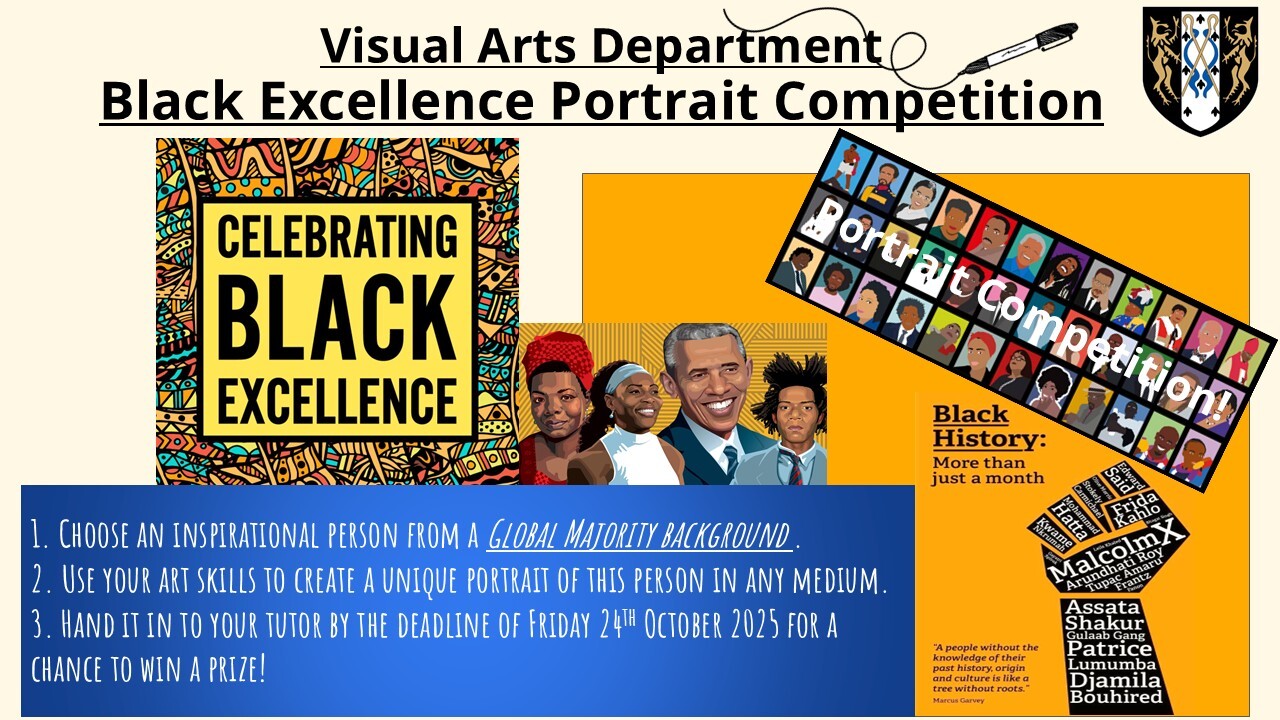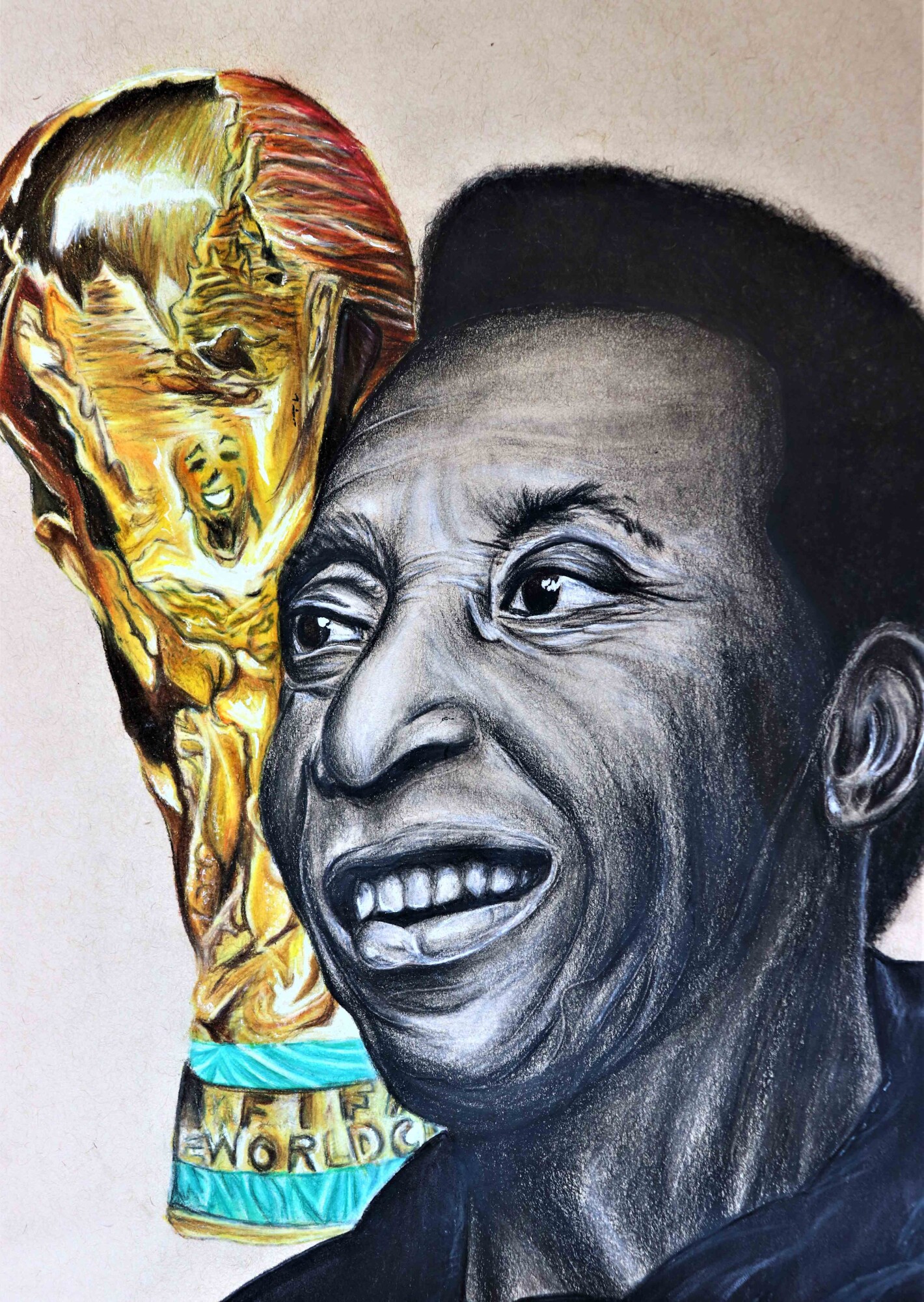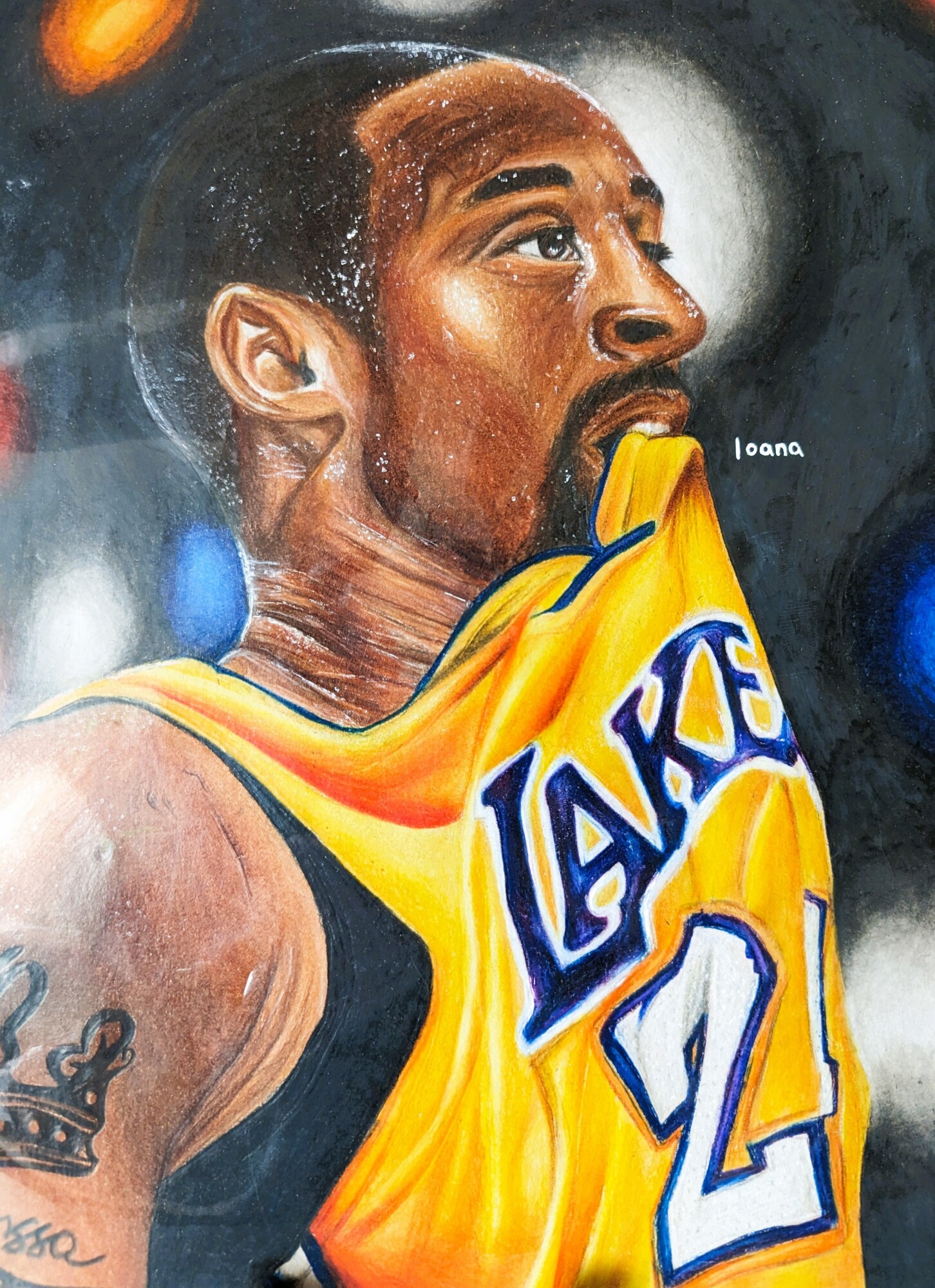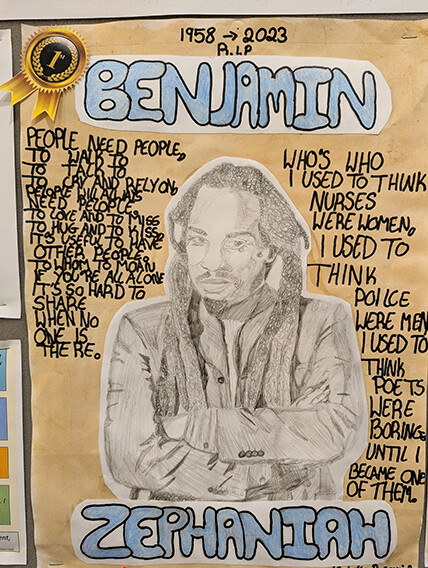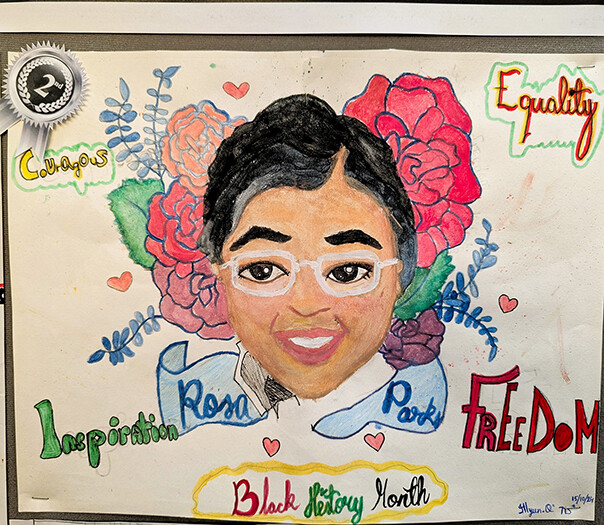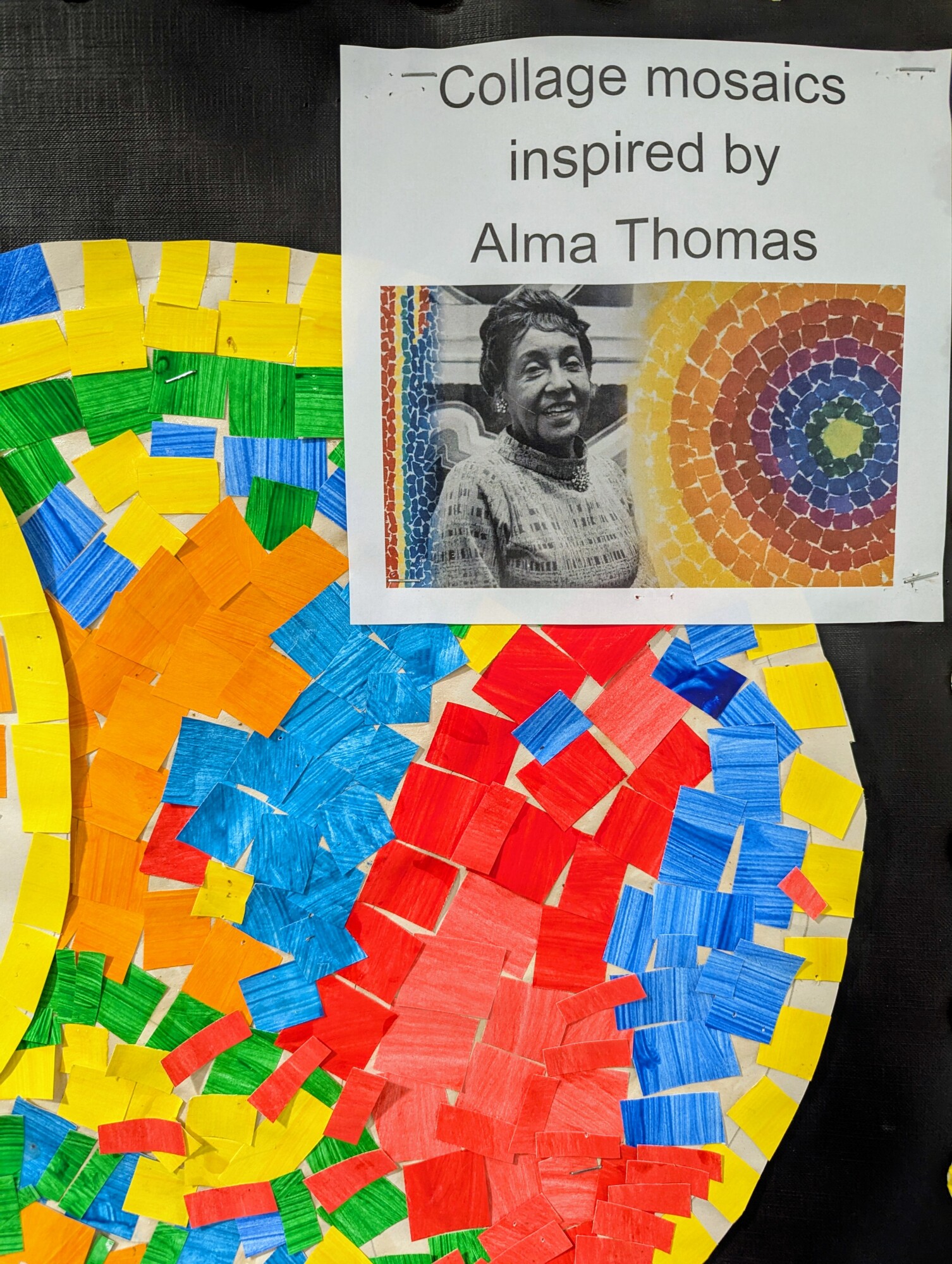Visual Arts
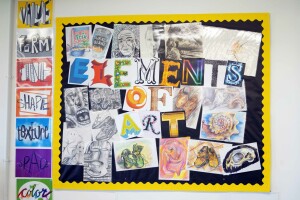
CURRICULUM ETHOS
The underlying ethos of the Visual Arts curriculum at Eastbrook School is to inspire within each student a passion for art as a visual language, enabling them to successfully work as independent artistic practitioners.
A successful student of the visual arts subjects at Eastbrook School develops knowledge, understanding and skills through integrated practical, academic, critical and contextual study. They gain a broad range of practical experience in the visual arts and demonstrate critical appreciation of sources, which inform their creative intentions. These intentions are realised through purposeful engagement with visual language, visual concepts, media, materials and the application of appropriate techniques and working methods. Students develop and apply relevant subject-specific skills to visually communicate personal ideas, meanings and responses. Students, over time, reflect critically upon their creative journey and its effectiveness in relation to their personal body of work.
The visual arts embody some of the highest forms of human creativity and we aim to engage, inspire and challenge students not only to become creative learners but to become principled, resilient, open, understanding and disciplined individuals. We aim to equip them with the knowledge skills and understanding to experiment, invent and create their own thoughtful work in response to a theme. As students progress through the key stages, they are able to respond critically and develop a more rigorous understanding of the visual arts in a wider context. They gain an insight into how art both reflects and shapes our history, and contributes to culture, creativity and wealth. We believe that studying the visual arts provides students with technical skills and a cultural literacy which, in turn, increases employability and social mobility.
Studying the visual arts can also help with understanding, interpreting and negotiating the complexities and diversity of society. We give the next generation of artists, designers, engineers, creators and leaders the opportunity to develop the imagination and skills that are vital to our future. Arts and cultural learning encourage diversity, awareness, empathy and appreciation of differences.
The visual arts curriculum successfully develops students’ character strengths and virtues through the PROUD ethos. Students learn to be principled and open when working independently with specialist, expensive equipment, and by supporting each other when learning new skills and complex techniques. Students gain a deep level of understanding of the visual arts and relevant scientific principles, through curiosity and critical thinking skills. They must be disciplined when building a portfolio of work which successfully meets the AQA examining body assessment objectives, through sustained and consistent practical application of skills to realise personal intentions. They take responsibility for the equipment and studio space with respect and honesty. Students are challenged at every stage to work through challenges and to overcome misconceptions about the subject, gaining resilience.
The underlying ethos of the visual arts curriculum is to inspire within each student a passion for art as a visual language, enabling them to successfully work as independent artistic practitioners. Furthermore, students are encouraged to contribute to the life of the school and community by, for example, participating in compeititons such as our annual Black Excellence Portrait Competition and Christmas Card Design Competition, designing posters and display for other areas of learning, volunteering their skills in documenting whole school activities, participating in borough arts events and providing high quality photographic images for display around the school.
The curriculum also prepares students for life beyond secondary education by instilling cultural capital, through culturally enriched experiences that they may not otherwise enjoy and learn from. These take the form of encounters with industry professionals, curated gallery visits and location shoots, creative workshops and university art course taster days. This vital element of the curriculum both strengthens students’ practice and enables students to access career pathways towards the creative industries and beyond. Students gain a sense of place within the world and build a cultural hinterland which endures for a lifetime.
The Visual Arts Curriculum in Summary
The Visual Arts curriculum is spiral in nature and designed holistically, so that students are regularly engaged with all visual art skills and techniques, revisiting them sequentially to make and embed significant progress, whilst allowing for stretch and challenge and providing the opportunity to address common misconceptions and setbacks.
Key Stage 3 schemes of work are designed to reinforce and embed Key Stage 2 knowledge and introduce students to a wider range of artistic skills and understanding of new concepts, to prepare them in readiness for KS4/5 and beyond. Practical skills in drawing, work in colour and print are crucial to their artistic development.
Students are provided with the opportunity to develop their understanding of foundational art elements of line, tonal values, colour, texture, pattern, space, shape, proportion and composition. These skills are revisited within the independent learning tasks where students have the opportunity to practise and refine their skills and techniques. They experiment with colour media, reinforcing and extending their knowledge of colour theory, and progress into the manipulation of materials through clay, print and collage work. Students are then given the opportunity to develop their projects independently and creatively, having developed their understanding from a common starting point. This is an important element to success at KS4. Year 9 and all highly developed students will be encouraged to extend their work into photography, creating bespoke primary sources for further artistic development.
As students’ progress into Key Stage 4, through the GCSE Art & Design and Photography courses, they develop a more rigorous understanding of the visual arts. They learn how art as a visual language both reflects and shapes our history contributing to the culture, creativity and wealth of our nation. In the GCSE Photography course, Year 10 begins with an initial, developmental stage of learning, namely in specific photographic knowledge, skills and understanding, enabling students to gain a solid foundation of learning in the subject.
Students move forward with their learning within the curriculum ethos of ‘student as independent artistic practitioner’. They work towards producing a highly individual, personal portfolio of work (Component 1 of their submission) via the setting of practical projects and an extended brief, through which they must evidence their responses against the examining body assessment objectives. These objectives are referred to throughout the curriculum, enabling students to understand how to respond to them in their everyday practice.
Students are aided in building their portfolio with one-to-one mentoring, peer and group work, curated excursions such as gallery visits and location shoots, as well as technical support. The curriculum develops students’ empathy for local, environmental and global issues. For example, a portraiture project may tackle issues such as identity, social media, and mental and physical well-being. A landscape project enables students to respond to the urban landscape, the local architecture, how the structures and spaces around them are used, and even issues such as local gentrification or environmental concerns.
Students are ready to tackle the examining body externally set assignment (Component 2 of their submission) once they have a thorough comprehension of portfolio building via completion of Component 1. Students understand the need to respond personally to the assignment and are able to proceed through the component with autonomy. The GCSE curriculum, therefore, is designed to generate independent, disciplined, highly creative and motivated young adults, ready for their next stage of learning and the world of work.
A Level Graphic Communication and Art & Design students begin Year 12 by revisiting the foundational elements and creative techniques. They are then directed towards portfolio building through a series of themes set by the teacher. Students are expected to work fully independently, with the teacher guiding their creative journey. Students are expected to commit significant time to their practice outside of the curriculum. To this end, all teaches and department areas are available to the students at any time.
Year 12s are introduced to the visual arts of graphics and branding, through a bespoke branding project, coordinated in collaboration with the world-renowned London based branding agency And-Now. Throughout the project, students experience the process of meeting a client brief, by creating a fully rounded and resolved brand for a real-world company, designing a logo, font and colour palette, as well as creating posters, flyers and textile designs.
Students move forward into Year 13 within the curriculum ethos of ‘student as independent artistic practitioner’. They work towards producing a highly individual, personal portfolio of work (Component 1 of their submission) via the setting of practical projects and an extended brief, through which they must evidence their responses against the examining body assessment objectives. These objectives are referred to throughout the curriculum, enabling students to understand how to respond to them in their everyday practice. Component 1 includes an extended writing element, which further secures students’ literacy, as well as research, investigation and analytical skills. Students are aided in building their portfolio with one-to-one mentoring, peer and group work, curated excursions such as gallery visits and location shoots, as well as technical support. Students undertake the examining body externally set assignment (Component 2 of their submission) responding personally to the assignment and proceed through the component with autonomy.
An All-Through Curriculum
The Visual Arts Department all-through curriculum from EYFS through to KS5 builds in concepts known as the golden thread, the key elements that students study through the curriculum where previous learning is retrieved and informs future learning. These concepts are summarised below:
o Knowledge and understanding of the ‘foundational elements’ of art and design – line, shape, colour, value/tone, form, space, texture/ pattern, composition.
o Observation skills – primary and secondary sources.
o Experimentation.
o Research and investigation techniques.
Through their artistic journey, we aim for our students to be able to think critically and develop a rigorous understanding of art and design. Through the implementation of the golden thread that weaves through our curriculum, students gain an understand how art and design both reflect and shape our history, and contribute to the culture, creativity and wealth of our nation as well as other countries around the world.
Eastbrook School Year 5 and 6 students are offered bespoke art and photography workshops in the secondary department each year, arranged around their curriculum needs and timeframe.
Diversity and Inclusion in the Visual Arts Curriculum
The Visual Arts curriculum has been adapted to recognise and celebrate the achievements and contributions of the ‘global majority’ in this area. We recognise that it is essential for us to build in these opportunities – decolonising the white Eurocentric curriculum – and for us to plan and deliver a curriculum that over time reflects our diverse cohort and promotes our values.
In Key Stage 3, students engage with a portraiture project celebrating black excellence, diversity and identity. Students are introduced to a range of black artists and critical analysis is undertaken into the subject matter and context of their work. The Marcus Rashford mural by Akse in Withington (and events subsequent to the defacement of said mural) is studied as an example of art as activism. Year 7 students take part annually in a ‘Black Excellence’ Portrait competition, encouraging them to celebrate the achievements of significant figures in their families, in their local community in the global majority.
In the GCSE Art & Design and Photography endorsements, students will study significant artists of colour and such as Zanele Muholi and Kehinde Wiley, as well as producing portraiture work using their own identity as a starting point.
Students are encouraged to consider why the so called ‘dominant’ artwork in western museums and institutions are not inclusive of non-white community and often actively exclude black and ethnic minority artists. For example, students are introduced to artists such as Alma Thomas, a lesser known yet significant female black abstract expressionist painter.
Cultural Capital and Enrichment in the Visual Arts Curriculum - Meeting the Gatsby Benchmarks in the Visual Arts
The Visual Arts department meets all Gatsby Benchmarks through cultural capital and enrichment experiences. These take the form of encounters with industry professionals, curated gallery visits and location shoots, creative workshops and university art course taster days. This vital element of the curriculum both strengthens students’ practice and enables them to access career pathways towards the creative industries and beyond. Students gain a sense of place within the world and build a cultural hinterland which endures for a lifetime.
Careers enrichment at Key Stage 3
Students are encouraged to see themselves as practicing artists with a view to learning about creative careers through signposting to a careers information board, class conversations and research into professional artists and their styles. In Year 9, a further exploration on creative career pathways takes place in the spring term, which informs students’ GCSE option choices. Curriculum time is devoted to research into careers in the visual arts and students are encouraged to use Unifrog and other sources to explore.
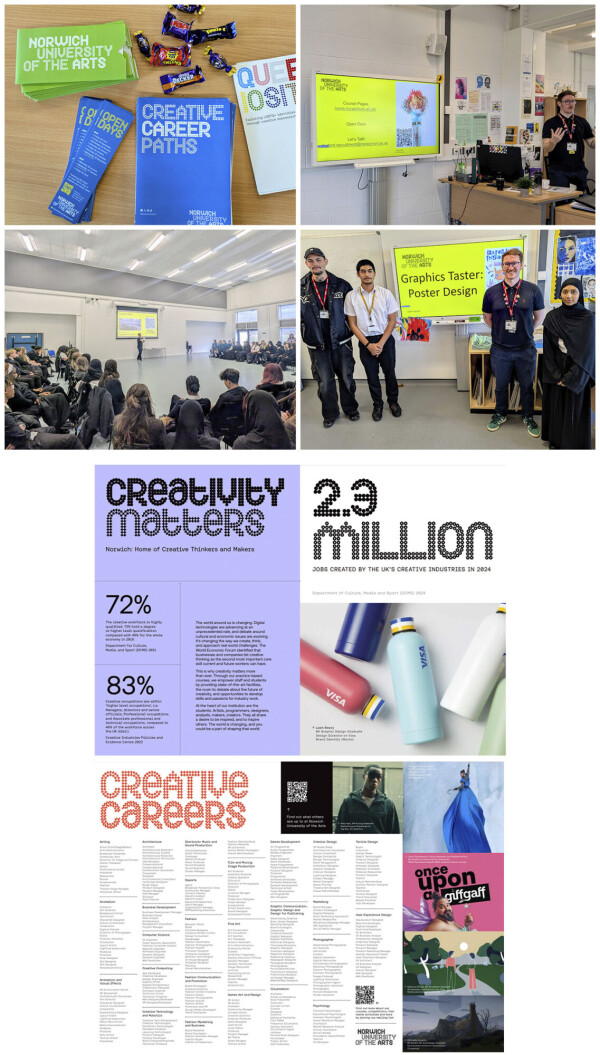
Careers enrichment at Key Stages 4 and 5
As well as further research and investigation opportunities during curriculum time, the department arranges encounters with professionals in school, either in person or virtually, as well as visits to further or higher education centres and workplaces, to explore pathways in the visual arts.
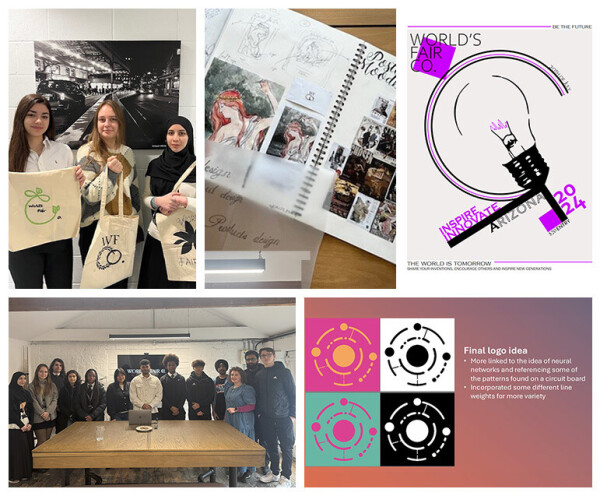
Educational Visits
The department arranges educational visits in line with school policy, working directly with art galleries and institutions, creative educational providers and employers, as well as collaborating with the local authority’s Inspiring Futures programme and organisations such as Careers Hub East.
High achieving Key Stage 3 students are rewarded with gallery exhibition visits and external workshops, as they arise throughout the calendar year.
In the summer term Year 10 GCSE Art and Design students visit the National Portrait Gallery, to fulfil the ‘further studies’ element of their component 1 unit of work. Year 10 GCSE Photography students are taken on a location shoot to Canary Wharf and the surrounding areas, also as part of their component 1 studies.
Year 12 students visit the And-Now design studios as part of their studies, as outlined earlier in this document (page 5). They are also provided gallery and university visits, and external workshops, as they arise throughout the calendar year.
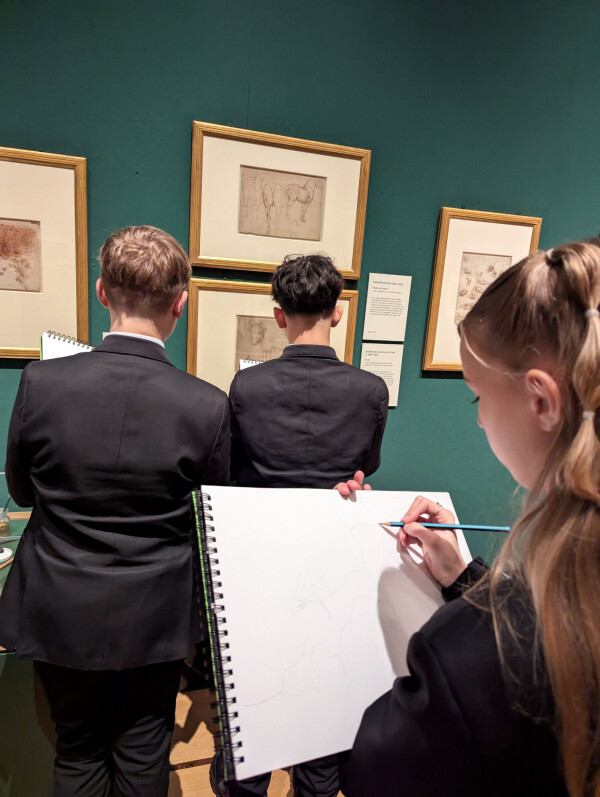
Literacy and Oracy in the Visual Arts Curriculum
The literacy and oracy component of the curriculum pedagogy required teachers to develop students’ ability to develop an understanding of subject specific language, terminology and discourse. Students are encouraged to document their thinking skills in the written and visual form showing their ability to suggest alternatives, speculating and hypothesising to develop imaginative improved outcomes in their personal development of a topic.
Through the Viva exam, Key Stage 3 students develop speaking and listening skills, enabling them to express thoughts and interact with others as they develop more sophisticated concepts and clearly express their personal understanding and ability to justify viewpoints.
In Key Stages 4 and 5, students’ literacy skills are enhanced throughout the curriculum as they are taught how to appraise their own work and that of others, writing in-depth critiques and annotations using technical key terms throughout. Students use essay writing techniques to show their understanding of critical sources. Regular formative assessment and whole class feedback secures progress over time.

